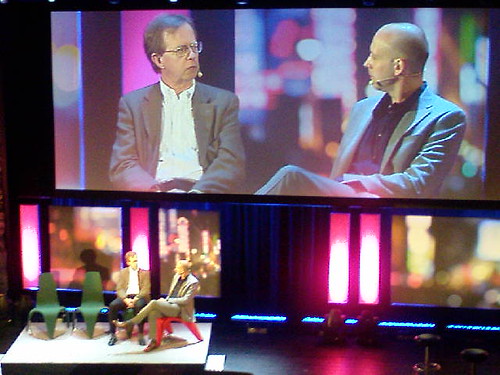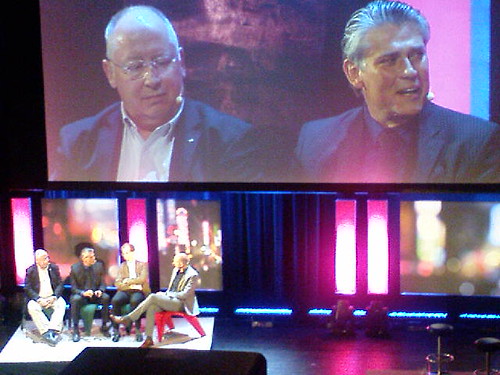The Swedish journalism awards were handed out on a gala event last night in Stockholm. Prizes were given in four categories and Dagens Nyheter’s Fredrik Strage won the Innovator of the Year category for his list called “The 100 biggest rock moments on YouTube”. The number one moment was a concert with The Cramps in Napa State Mental Hospital in California, June 13 1978.
– At least 30-40 percent of the video clips on the list are there on the initative of readers who have influenced me and given me tips, said Strage in DN.
Strage is always an entertaining writer and one of the leading music journalists in Sweden. Unfortunately I haven’t paid much attention to his Youtubiana list, but others have. Most of the blog links to the list comes from competing daily Svenska Dagbladet who even copied the format with its own top 33 YouTube moments from the political scene. And I like how SvD have been entirely transparent about where they got the idea – “this is a concept we stole from Fredrik Strage but applied on our favourite topics”. Today SvD congratulates Strage, adding (tounge-in-cheek) that it must mean that the SvD blog is the winner in the rip-off of the year category.
So you can say there has been progress in a journalistic sense on several levels. Not only that the award goes to a journalist who uses the readers to co-create the content, it is also purely online based content. On top of that, a few years ago you would never see a competing paper copy a concept like that and then openly give credit back to the original, with links and all. Something truly has happened to journalism.
Tags: journalism, youtube, fredrik strage, youtube. Ping.



